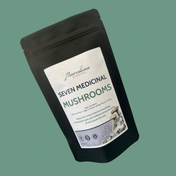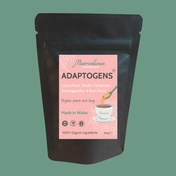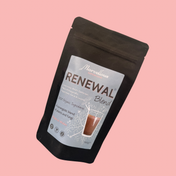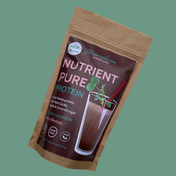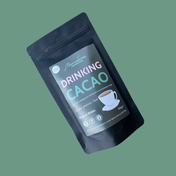Maca: A Wonder Food by Fo Orbell
Maybe you’ve heard of maca by now – you’ve sampled a maca smoothie, maca truffle or maca cappuccino in a local hipster café. But did you know that like the humble radish, the maca root is a member of the brassica family, one which only grows at high altitude in the extreme climate of the Andes? Or that maca has recently become such a desirable superfood Peru’s government is fighting biopiracy in the courts to preserve the country’s native plant?
For according to research from the International Potato Centre in Lima, Peru,
Maca is a rare ‘adaptogen’, a food like ginseng or milk thistle, which boosts the body’s energy levels and immune system. The IPC lists a whole range of health benefits: 20 different fatty acids, including unique compounds called macamides and glucosinolates; high levels of vitamins C, E, B1 (thiamine) and B2 (riboflavin); high levels of calcium and protein; and 19 amino acids. Plus, maca reportedly acts as an aphrodisiac, balances hormone levels, reduces cholesterol and can prevent cancer. Not bad for a small root the size of a radish. Incan warriors ate maca to prepare themselves for battle.
The Inca have grown and cherished maca for centuries in this beautiful but bleak region of the Andes at altitudes of 3500m and above, primarily in the elevated areas of Peru and Bolivia around Lake Titicaca. Marvellous Superfood source their organic maca from the Junin plateau where it thrives in freezing temperatures, strong winds, low oxygen levels and dry rocky soil – abominable growing conditions for most other plant species.
Maca comes in a variety of shapes and colours: triangular, spherical, rectangular, white, black, green, pink, purple, red and even blue. It can take 8 months for the root to fully grow to an average of 15cm in circumference; although technically an annual, due to the short growing season, it is often grown biennially. Maca absorbs the many minerals and nutrients from the rich sedimentary soil on the Junin plateau, leaving the land infertile. High winds then carry mineral-rich particles back to the plateau, refertilising the soil; the crop is also rotated every 5 years negating the need for pesticides. The best organic maca roots are sun-dried over several weeks and then gently milled at low temperatures to preserve the high nutrient content of the root.
For an idea of their flavour think butterscotch-coated radish. Cream-coloured roots are preferred in their native Peru for their tangy sweetness and size: diced maca is added to soups and salads, or maca flour is used to make cakes and pastries. Red maca is often preferred as a smoothie supplement for its sweet malty taste and additional health benefits. In recent studies red maca was shown to increase protection from prostate cancer, plus protect bone structure and density.
It’s difficult to believe that back in the 1980s many Peruvians were concerned that maca was near to extinction. Today this is the least of their worries. Over the past few years Chinese traders have been illegally smuggling whole plants out of the country to take back to China. In 2014 Chinese buyers dramatically inflated the market, offering 5 to 10 times the normal price before exporting the plants back home to sow in the Yunnan province. This practice ultimately undermined the Peruvian maca market as local farmers had to compete with Chinese maca, an inferior and arguably unethical product.
Andres Valladolid of Peru’s Institute of Competition and Intellectual Property (INDECOPI), leads the biopiracy task force which is trying to preserve Peru’s native species and traditional knowledge by using intellectual property laws. Their first maca case began in 2005, against the U.S. company Pure Botanical Worlds who patented pharmaceutical applications for maca. Since then, thousands of patents have been made in China alone. Valladolid says that “the State exercises sovereign rights over its genetic resources, while indigenous peoples have rights over the collective knowledge they have created, developed and preserved over the centuries.”
Valladolid has his work cut out for him: Peru must protect its native plant resources from exploitative multinational companies so that the indigenous community can benefit from its precious ‘roots’. So next time you’re thinking of mixing up a maca smoothie be sure to buy Peruvian maca as the war on bioterrorism is far from over. The fight goes on…


